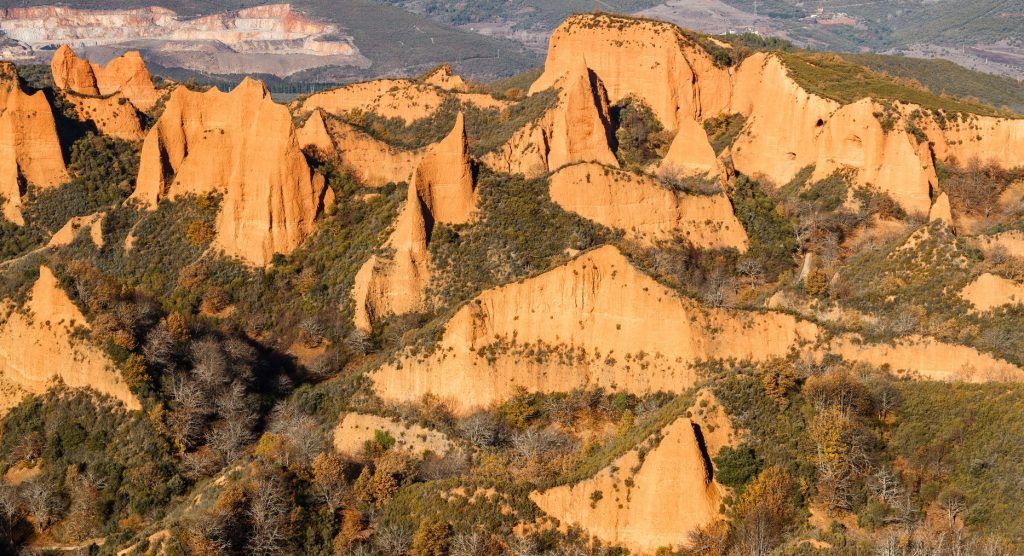Earth’s Riches May Stay Locked Away Forever
Posted on — 1 CommentAs the old saying goes, “water, water, everywhere, but not a drop to drink.” This sentiment perfectly summarizes the question of scarcity in gold mining. Many have asked, “how much gold is there left to be mined.” The short answer: much more than you think. The long answer, however, is more complicated. Let’s look at why the Earth’s untold riches may stay locked away forever.

If melted into a single cube, all the mined gold would fit into an Olympic-sized swimming pool. Business Insider cites Goldman Sachs analyst Eugene King as calculating that there are “20 years of known mineable reserves of gold.” It stands to reason, however, that each successive year of theses 20 will present increasing difficulty to those seeking to extract the reserves. It’s likely that much more than 20 years worth of gold exists on Earth. However, much is impossible to ever capture. Millions of tiny gold particles are in the ocean and sitting on the floor of the sea.
Today, it’s unclear how much longer production can continue. While technology continues to offer solutions of growing sophistication, the cost of implementation can quickly offset the value of the find. Simply put: diminishing gold production is about more than scarcity.
Here’s why: the time between deposit discovery and production is growing. The average time needed to yield gold from a source is now 20 years. By comparison, this figure in the year 2000 was approximately ten years. With a longer time to production comes greater costs which diminish the prospects of many finds. In recent years new mines have yielded less. New mines are making less of a contribution to total, global production.
In fact, as recently as 2014 Chuck Jeannes, chief executive of Goldcorp, remarked, “whether it is this year or next year, I don’t think we will ever see the gold production reach these levels again,” as reported by The Wall Street Journal. “There are just not that many new mines being found and developed,” he concluded. Statements like this have prompted some to claim that we’ve hit “peak gold,” a new phase where all remaining gold production will require significantly greater labor than previously.
If true, this prediction bodes well for gold investors. A look at history suggests those claiming that we’ve hit peak gold might be right. Consider that in 1995 we sourced 22 gold deposits each containing at least two million ounces of gold. In 2010, only six discoveries occurred, and in 2011 there was just one. The trend is clear.
This diminishing story has altered the strategies of key players in the industry. That is, some miners are focusing their efforts and finances on acquiring other firms that already have ownership of newer mines. It’s become easier to buy a deposit rather than source it yourself.
In the meantime, many geologists are divided on the issue. Some believe we have, in fact, reached peak gold. Others claim it’s too difficult to adequately predict the remaining deposits and their accessibility. However, one fact is clear; we’re finding less gold each year.
This truth may be the reason countries like China have aggressively built up their reserves in recent years. As a global currency with diminishing availability, many are poised to win big in the long-term.
1 thought on “Earth’s Riches May Stay Locked Away Forever”
Comments are closed.








Thank you for informative info!